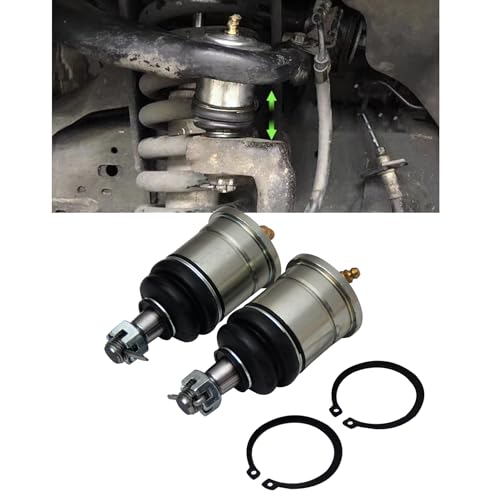I'd have thought that in any turbocharged vehicle - petrol or diesel - a lengthy section of pipe before the turbocharger would cause the exhaust gases to cool a little which means they'll occupy less volume, have less energy and therefore not be able to drive the turbocharger as well.
correct, but there is gains to be made because each pulse get a good push on the turbo and the reversion is in time and helps it along. pulses are in time and not hitting each other.
on a petrol that more than makes up for the looses due to gas expansion in the long length.
petrols have the advantage of a much hotter exhaust gas.
diesels run much cooler exhaust gas and they simply loose to much heat due to expansion to make it worth while, with the exception of all out race motors that may be tuned more aggressively and run hotter egt.
log manifolds tend to dampen out the pulses due to the pulses crashing into each other all over the show and you loose drive from the pulses. but small volumes means it retains heat well.
often see the turbo mounted directly inline with one port so turbo gets a hit from one pulse.
short extractor style where pipes are straight from exhaust port to turbo, but are unequal and are as short as possible. you get more push from each exhaust pulse, a bit of pulse crashing into each other as they are unequal length and the volume is a little bit more than a log.
better than a log manifold but has more space requirements.
more useful on a 4cyl or a v6 half, but not so good on a straight 6.























